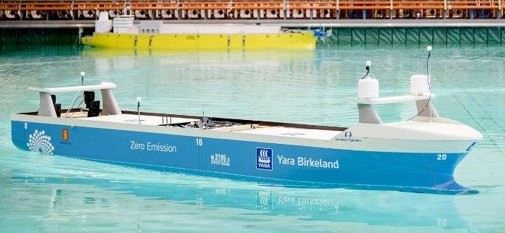SINTEF works together with the industry to develop new technology for autonomous ships. It is important to create new transport systems that meet the environmental and energy requirements of the future. One of the solutions is to continue the development of automated, flexible and robust sea transport.
SINTEF is internationally recognised regarding research on autonomous ships. In addition to several ongoing projects, SINTEF is responsible for the operation of NFAS (The Norwegian Forum for Autonomous Ships) and INAS (International Network for Autonomous Ships). SINTEF is also an important actor in international standardisation through ISO TC8, IEC TC80 and IMO (International Maritime Organization). In addition, SINTEF is involved in extensive international collaboration on the development of autonomous ships, including with the EU, South Korea and Singapore.
SINTEF has five areas of priority that can be decisive:
- Development of better methods for early design of autonomous ship transport systems.
- Establishing international standards to increase innovation in digital and autonomous shipping.
- Further development of services for autonomous ships, such as navigation and communication systems.
- Use of autonomous transport systems to improve the environment, logistics and business models.
- Development and use of test areas in Trondheim Fjord for demonstration of technology and autonomous transport system solutions.
Autonomous ships are part of a larger transport system, and SINTEF is therefore working on a wide range of topics within the field of autonomy:
- Transport systems
- Optimisation of logistics (including fleet optimisation)
- Cost and benefit analyses (including early-stage cost analyses and environmental impact analyses)
- Analysis and design of vessel concepts
- Situational awareness
- Infrastructure (automation, digitalisation and instrumentation of harbour, fjord and coast)
- Communication (boat-to-boat, boat-to-land)
- Security
- Standardisation
- Modelling, including digital twins
- Control centres
- Use and development of test areas for autonomous ships
- Energy systems
